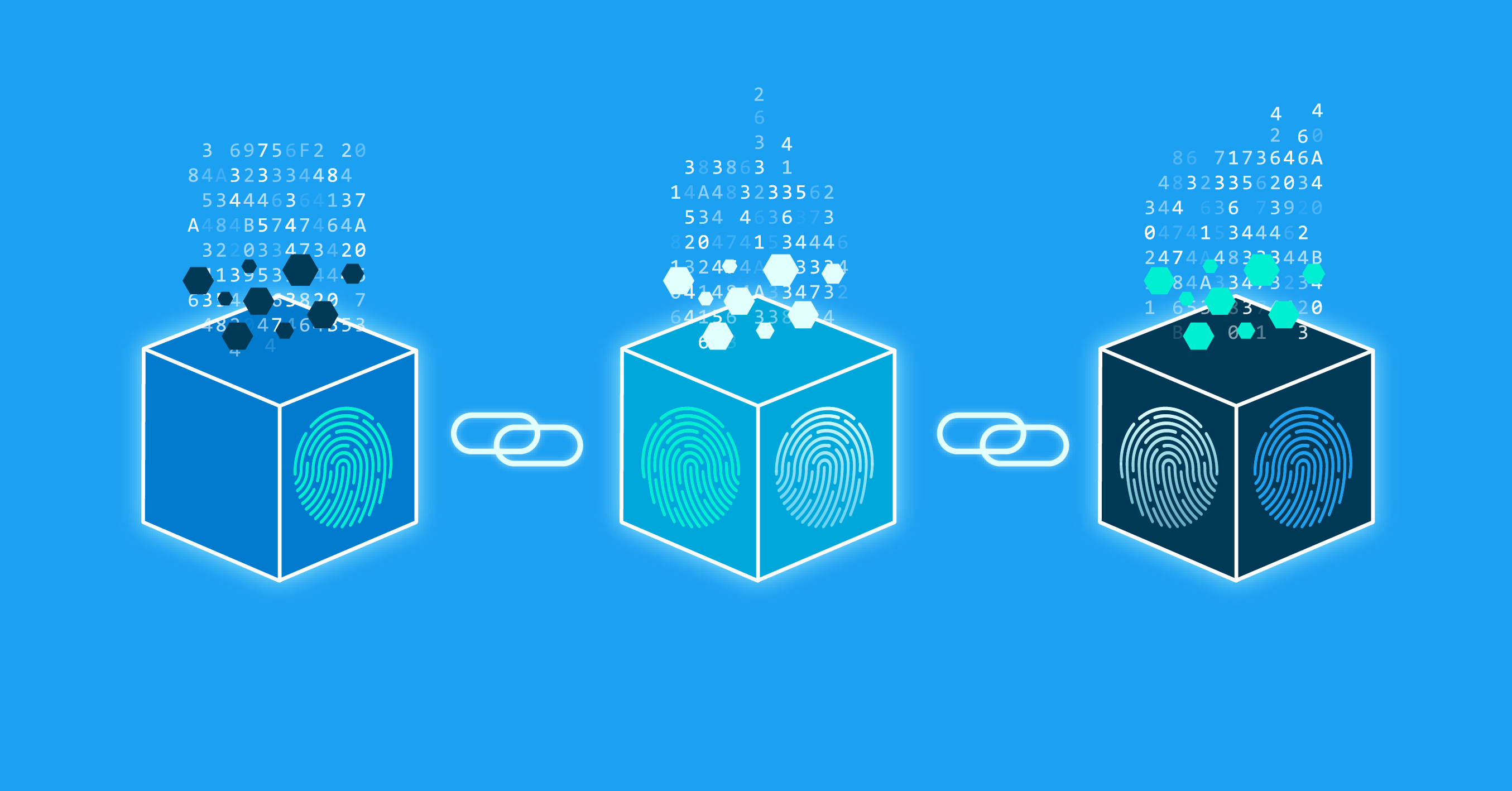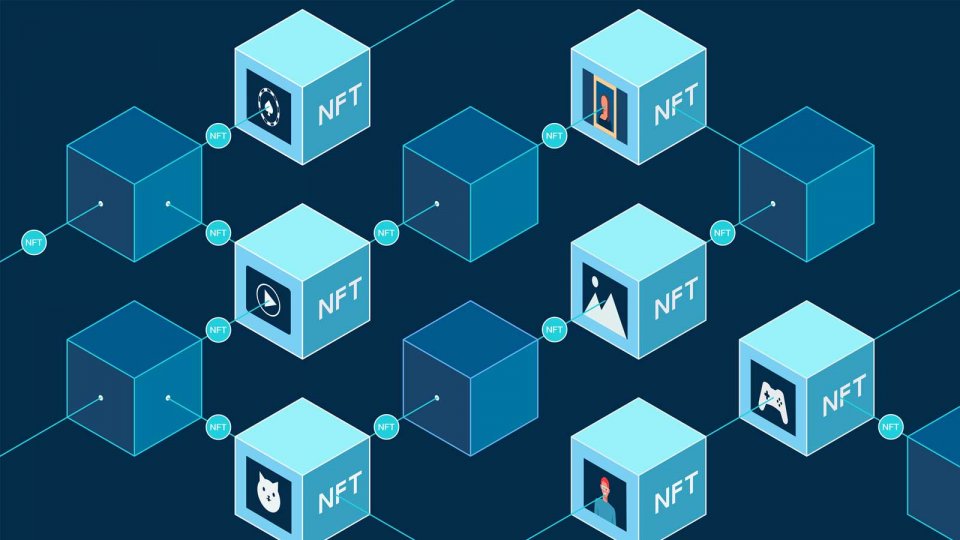Cross-Chain Interoperability: Basics of Cross-Chain Compatibility
Crypto traders and investors are exposed to new technologies and consensus mechanisms that are driving innovation in the crypto space with each new blockchain network. But the fact that these networks don’t work with each other has made it hard to move blockchain development forward.
Cross-chain compatibility, which is also called cross-chain interoperability, is a way to deal with this problem by making the crypto ecosystem more linked. It lets blockchains communicate with each other directly, which makes it easy to move assets between networks.
Basics of Cross-chain Interoperability
What does crypto cross-chain compatibility really mean? To put it simply, cross-chain interoperability means that different blockchains can transact with each other, share data, and let digital assets move between networks. Because they work together, users can carry out smart contracts and send cryptocurrencies between different chains without going through a third party.
Today, blockchains are seen as a possibly game-changing technology in many fields, including healthcare and supply chain tracking. They are also the technology that makes cryptocurrencies like Bitcoin possible.
A lot of people are very interested in blockchain technology, which has led to many study and development projects.
Because of this, the blockchain business is very fragmented, and customers can pick from a number of technologies that don’t work together. However, functions such as sending tokens from one participant to another and carrying out smart contracts can only be done within a single blockchain. This is because current protocols and standards don’t normally expect blockchains to be able to work with each other.
When it comes to blockchains, interoperability means that two blockchains can freely share data with each other. Take a look at an example blockchain. It records every asset that is owned and every exchange that takes place. With the right interoperability solution, any business action that happens on one blockchain can be shown on another. This means that economic activity that starts on one chain can spread to another chain. This is one of the main benefits of solutions that allow blockchains to work together.
An early addition to the field of blockchain interoperability was the idea of an exchange that doesn’t need to be trusted. This was made possible by atomic cross-chain swaps, which are also called “atomic swaps.” A lot of different cryptocurrency users can trade their assets in a trustless and atomic way with atomic swaps. Atomic swaps, on the other hand, don’t let you move a token from one blockchain to another because they destroy a certain number of assets on the source blockchain and make the same number of assets on the destination blockchain.
Atomic swaps, as the name suggests, let tokens be traded across blockchains instead of being moved. In other words, atomic swaps always need a partner who is ready to trade tokens. Online markets are a back door way to trade coins. But up until now, this has needed a trustworthy central authority, which goes against the idea of blockchain being autonomous. Cross-chain technology is quickly being talked about as the best way to make it easier for blockchains to work together.

How Blockchain Interoperability Works
The cross-chain protocol makes it easier for different blockchain networks to work together and lets data be shared across many of them. With the cross-chain system, users can talk to each other directly. This means that blockchains with networks that are similar can share knowledge and value.
It is different from one network to the next, though, because one set method can’t be used in the same way in all networks. Each network has its own way of making blockchains work with each other so that transfers can happen without using third-party interfaces.
As was already said, atomic swaps let two people trade coins on different blockchains. Thanks to nodes, blockchain networks can also keep an eye on what’s going on in other chains. They work from chain to chain, which means that one contract can act as a central client for many nodes across many chains without the need for spread nodes. This lets it check certain central headers and the whole past of transactions right away. The relay method, on the other hand, costs a lot of money to run and keep secure.
Benefits of Cross-Chain Interoperability
In letting decentralized apps (dApps) use resources from more than one blockchain network, there are many benefits. These are some of the main benefits:
1. Increased Cohesion
One of the main benefits of cross-chain interoperability is that it makes the decentralized system less broken up. More compatibility means that the crypto environment works better, more smoothly, and faster.
2. Higher Liquidity
Cross-chain compatibility makes trading easier because it makes it possible to move digital assets easily between blockchains. This increases the liquidity of the crypto environment.
3. Improved Collaboration
Digital resources can be quickly and easily shared between chains. This makes it easier for networks to work together and drives crypto innovation. For cross-chain connectivity to work, solutions must be able to use the power and unique qualities of many different blockchain networks.
4. Improved Adoption
By making it easy to access all kinds of decentralized apps (dApps) instantly across a wide range of blockchains, cross-chain support encourages more people to use crypto and blockchain. This gives people a better and more complete experience because they can use a number of different decentralized services.
Also Read: What is a Hackathon in Blockchain? Benefits and How to Create a Hackathon
Challenges with Cross-Chain Interoperability
Interoperability has clear benefits, but developers have to deal with a lot of problems when they try to put these cross-chain ideas into action. The biggest problems are some of the following:
1. Limited Compatibility
Cross-chain interoperability can be hard to achieve because different blockchain networks use different consensus mechanisms and system design. It is very hard to create a unified crypto ecosystem because the tools that support it don’t work well together.
2. Vulnerable Security
Security holes are one of the biggest risks of cross-chain connectivity, which happens when assets and data are moved between blockchains. Multiple networks each have their own security standards, which can leave holes in the system. To fix these problems, chains need to work together and trust each other a lot.
3. Diminished Scalability
As more cross-chain trades happen every day, scalability problems are bound to show up. To handle the growing amount of data being sent and the growing number of assets being traded, we need a system that is even more powerful.
4. Fractured Standards
Cross-chain compatibility isn’t moving forward as quickly as it could because of a lack of similarity. When different blockchain networks talk to each other, they each have their own rules, guidelines, and procedures. To make sure that an interoperable crypto environment works well in the future, standardization is needed.

Blockchain Bridges
Blockchain bridges, which are also called cross-chain bridges, connect different blockchain networks to make them more useful and flexible. The blockchain bridge works by using a smart contract to lock or burn tokens on chain A. On chain B, a different smart contract unlocks the tokens or creates new ones.
Two important blockchain bridges that let people associate with each other across chains are the Ren network and the ERC-20 token Wrapped Bitcoin (WBTC). WBTC represents Bitcoin on the Ethereum blockchain and connects the Bitcoin and Ethereum blockchains.
REN and WBTC both have ways to turn assets from one blockchain into tokens that can be used on another blockchain. This lets the two chains talk to each other.
Additional Common Cross-Chain Projects
In the past few years, many more cross-chain compatibility projects have been created with the goal of overcoming the difficulties that come with making a crypto environment that works with other crypto ecosystems. Some of the most important cross-chain projects are:
Polkadot
Polkadot is a multi-chain, sharded, and highly scalable platform that spreads operations across many blockchains. Cross-chain compatibility lets assets and information be sent between networks that use the Polkadot relay chain, which is its main chain, and its parachains.
The Cosmos Network
The Cosmos network makes it easier to move assets and data between blockchains, just like Polkadot. Cosmos is a web of decentralized blockchains that can talk to each other using the Inter-Blockchain Communication (IBC) system.
WanChain
Wanchain, or the Wide Area Network chain, is another well-known open cross-chain blockchain network. Cross-chain features of the compatible platform make it possible for Bitcoin, Ethereum, and other digital assets to be moved between chains without any problems.
A lot of what the blockchain will be like in the future will depend on how well it works with other chains. Making it easier for people to talk to each other and move assets will make the crypto ecosystem more decentralized, cohesive, and linked. This will lead to more acceptance, more liquidity, more usefulness, and a better experience for all users.

Conclusion
The future of blockchain technology and its uses in cryptocurrencies will depend on how well, quickly, and easily blockchain connectivity solutions work. However, many projects are currently running to help blockchain systems work together.
Commercial systems like Cosmos and Polkadot need to be more stable before they can be widely used. It won’t be clear how these efforts can work together, even if some of them succeed and are put into action. Because of this, there is more demand for standards, APIs, and other technologies that make it possible for many blockchain platforms to work together.
Also, a lot of countries don’t agree that the cryptocurrency environment is legal. For this reason, the regulatory structure needs to back up interchain interoperability’s future uses. For activities mainly involving the financial and related industries, there also needs to be the right legal and regulatory framework for cryptocurrencies and ways for them to work with each other.




